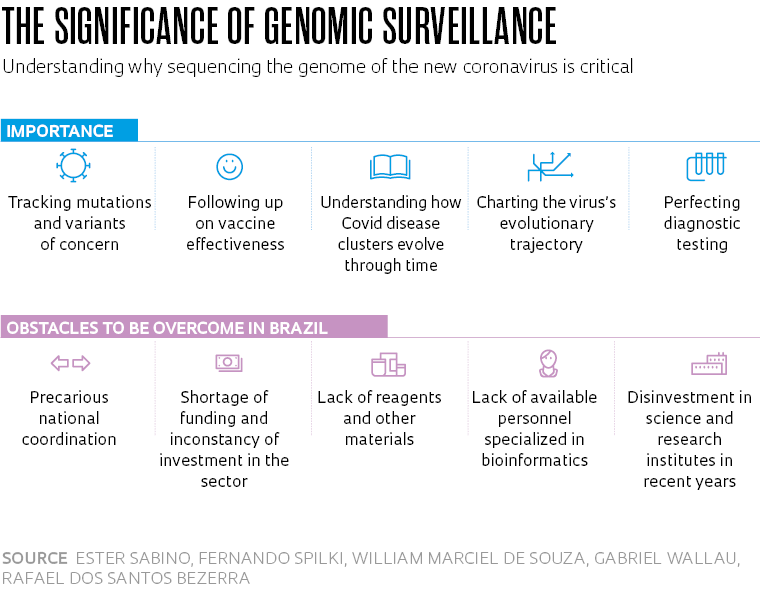
Introduction:
Intro 1:
Genomic surveillance is the process of constantly monitoring pathogens and analysing their genetic similarities and differences to identify variants of concern. It is critical for stronger pandemic and epidemic preparedness and response. In the past, genomic surveillance systems have proven to be instrumental in controlling polio in India and around the globe.
Intro 2:
Genomic surveillance is a powerful tool for safeguarding public health. By constantly monitoring pathogens and analyzing their genetic fingerprints, we can identify variants of concern – those with the potential to cause more severe illness or spread rapidly. This ongoing analysis is critical for strengthening our preparedness and response to pandemics and epidemics. In fact, genomic surveillance systems played a vital role in the successful control of polio in India and around the world, demonstrating its effectiveness in curbing outbreaks.


Significance:
- 1. Enhance Pandemic Preparedness: Serves as Early Warning System by integrating with other Epidemiological and Metadata to provide real time actionable insights
- 2. Support Vaccine Development: Helps track and Analyse circulating Strains
- 3. Support Diagnostics and Therapeutics: Provide insights in Real Time for Development and Calibration of Diagnostics

Challenges:
- 1. Inequity among Nations: Complexity of Genomics, Workforce Needs
- 2. Lack of Integration: Integration of Genomic Surveillance outputs with epidemiological and clinical surveillance findings remains weak
- 3. Technological Challenges: Integration of Genomic data with Metadata from multiple sources and finding correlation
- 4. Newer Variants of Concern
Way Forward:
Based on WHO’s 10 Year Strategy for Genomic Surveillance:
- 1. Improving access to tools – for better geographic representation
- 2. Strengthening the Workforce
- 3. Enhancing Data Sharing and Utility
- 4. Maximising Connectivity
- 5. Maintaining Readiness – for Emergencies
Conclusion:
In essence, genomic surveillance is a powerful tool for modern public health, providing critical insights into the behaviour and evolution of pathogens and enabling more effective disease control and prevention strategies.
Comments (0)
Categories
Recent posts


Q5/ Section B, APSC Mains 2024 Essay - ...
29 Jul 2024
Satellite Town
21 Jul 2024
Q 1/Section A, APSC Mains 2024 Essay - ...
29 Jul 2024



